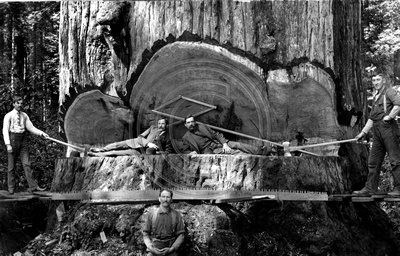Have 32 acres near St. Helens, state forest property on 2 sides.
Adjoining state land was clearcut about 33 years ago, noticed this weekend there were survey tapes and 'boundary of bid area' notices on the side of our property.
There are very few of the trees now over 12" DBH, seems awful soon for another clearcut, have not searched the state web site to see if it is only for thinning though.
Adjoining state land was clearcut about 33 years ago, noticed this weekend there were survey tapes and 'boundary of bid area' notices on the side of our property.
There are very few of the trees now over 12" DBH, seems awful soon for another clearcut, have not searched the state web site to see if it is only for thinning though.





